
They will be nameless: Rust Belt remnants, from brass thru Bethlehem
This is a story of what remains: a look at a defining slice of the U.S. Rust Belt and what it’s become in the wake of the area’s industrial demise. For most of the twentieth century, this region (from southern New England through the Mid-Atlantic states to the Midwest and parts of the Southeast) was where people, irrespective of their formal education, had been virtually assured of livable wages if they were willing to put in a hard day’s work in the factories and mills.
It’s no secret that in the two decades beginning roughly in the late 1950s, American industry declined precipitously. Corporations decentralized, moved to the South, relocated abroad or outsourced jobs, replaced workers with technology or diversified into non-manufacturing sectors where the return on investment was higher, ingratiating themselves with stockholders at the expense of everyone else.
In the post-industrial, service-oriented U.S., large areas of the Rust Belt are yet to recover. Income imbalances have skyrocketed, and nothing suggests that trend will be reigned in anytime soon.
I traveled around, and tried to see what’s become of these often-perilous communities, asking myself: What remains? What opportunities exist? What are the disadvantaged doing to try to survive financially and psychologically? I roamed main streets and back streets. I talked with retired mill workers still living in the neighborhoods that had decayed around them, as well as to immigrants who had drifted to these economic fringes.
Factories that employed thousands or tens of thousands have largely been replaced by small high-tech shops, engineering companies and I.T. firms, where people need specialized training. For the unemployed and underemployed, the mainly service jobs that remain pay poorly and, all too often, disappear quickly. Steelmaking skills do not translate easily into other kinds of jobs. “It’s kinda hard to work at Wal-Mart after all that” I’d hear former steelworkers say.
Whole cities and towns have struggled to economically reinvent themselves, with spotty success.
I tried to catch stories in people’s faces — those nameless many — and in how they pieced together their lives. I tried as well to put myself in their shoes. It was, after all, in one of these towns that I grew up, but also from which I did my best to escape, as if escape were really possible.











Q&A with Roger Gaess
Photography is…
Photography is a core way I relate to the world and to myself. I often approach my work from both a fine-art and documentary perspective, but I don’t do so with any expectation that what I do is going to be a vehicle for social change. My work simply changes me, through the way I relate to what I photograph. Other people might see the world differently through my images, but that’s ultimately dependent on their empathy and sensitivity and luck.
Photography and writing…
I’m both a photographer and a writer. But when I lay out a book-length photo project, I’m most confident when I open it with a strong written introduction, followed by the photos alone. Where there are photos I want nothing else on the page — neither page numbers nor captions. I put page numbers on non-photo pages only, and captions (which I value) are listed following the photos, at the end of the book. After the intro has provided context, I want the photo sequence to stand on its own, with viewers free to arrive at whatever meanings they feel appropriate for either the individual photos or the series as a whole.
Who left the biggest impression on you?
Countless influences have shaped who I am, but if I had to name one person I’d say it was my maternal grandfather in the telling of his experiences as a youth in Europe and Asia, and in the richly simple family life he lived in the rural U.S. Also, I think anyone who’s thrown themselves into an artistic pursuit should relentlessly welcome impressions. That’s in contrast to being impressionable. It seems the more we pursue and refine our direction and viewpoint, the less impressionable we become and the more we’re open to all sorts of influences.


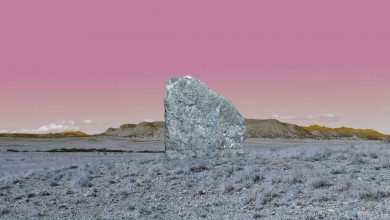
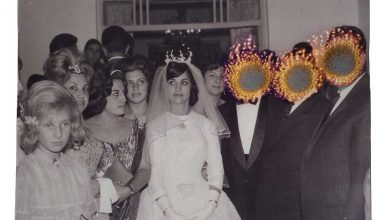
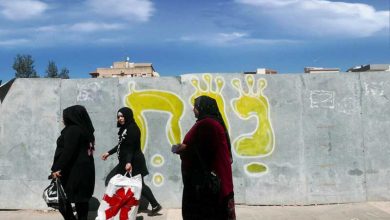

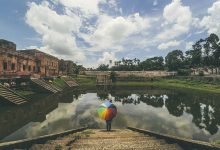

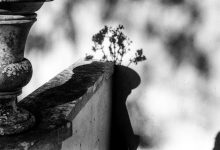
Thank you for your kind words. Actually, the essay comprises excerpts of a book-length project, which currently numbers 92 images.
Very solid work. I’m wondering: Is this a stand-alone series or part of a larger project?